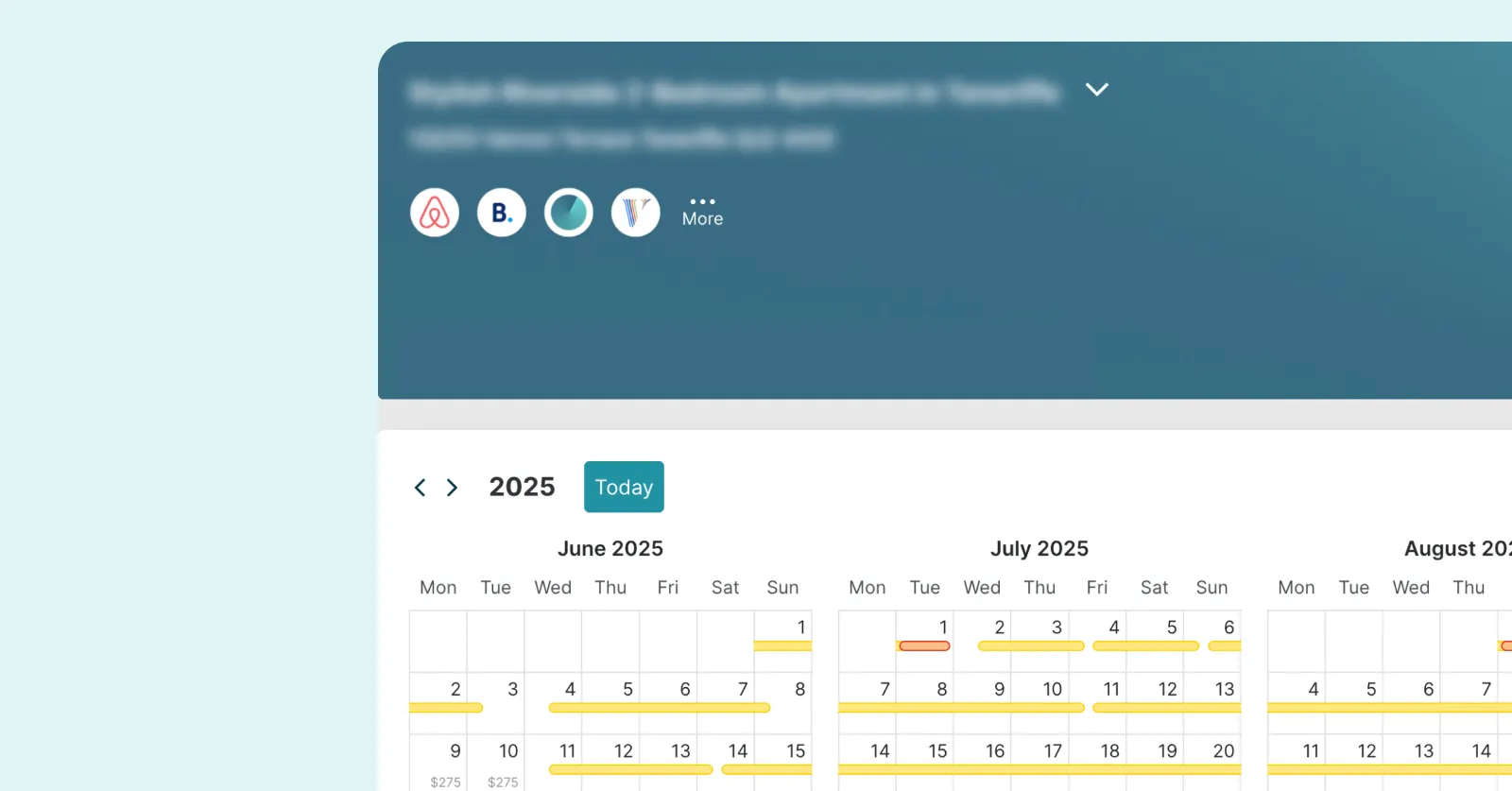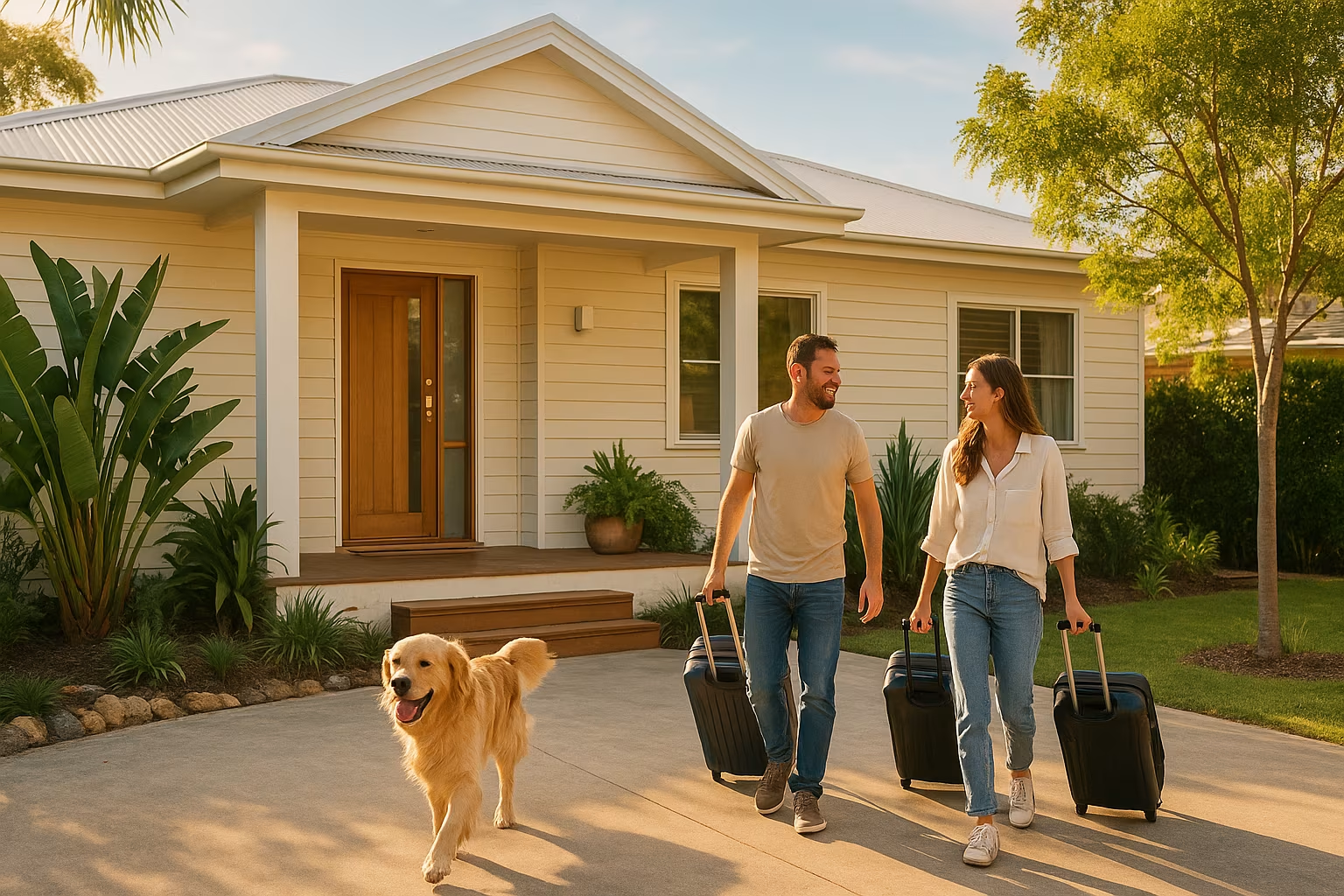How to Change Airbnb Currency on Web, iPhone and Android
.png)
Seeing prices in USD or euros when you’re running an Australian listing is more than a minor annoyance—it can cost you. Currency settings influence what you see, what guests see, and in some cases the fees you pay. For time‑poor hosts and investors, getting this right keeps pricing consistent, avoids exchange-rate surprises, and makes tax time far easier. Below is the quick, device‑by‑device fix, plus the settings Australian hosts should lock in.
Why Airbnb currency settings matter for Australian hosts and investors
Airbnb can add a currency conversion fee (often around 2–3%) when amounts need to be converted, and Australian banks or PayPal may layer on their own FX spreads and overseas transaction charges. Keeping your listing and payout currency in AUD reduces double conversions and protects your margin, while keeping prices familiar for domestic guests.
The ATO requires all assessable income to be reported in Australian dollars, and from 1 July 2024 platforms like Airbnb must report short‑term accommodation income under the Sharing Economy Reporting Regime. With new local taxes—such as Victoria’s state‑wide Short Stay Levy of 7.5% from 1 January 2025—having prices and payouts in AUD helps ensure levies, fees and statements are calculated and presented correctly, which cuts down on guest disputes and simplifies BAS and year‑end reconciliations.
Change the display currency on Airbnb (PC/Mac): two quick methods
There are two ways to switch currency when using Airbnb on desktop:
1. Quick switch via the footer (temporary)
- Scroll to the bottom of any Airbnb page
- Click the globe/currency selector
- Select AUD
This updates prices instantly across search results, listings and your calendar. It’s the fastest fix if the site switches currency while you’re travelling or using a different browser.
2. Account setting (persistent)
- Click your profile photo
- Go to Account > Global preferences > Currency
- Select AUD
- (Optional) Set Country/Region: Australia for local date and number formats
This keeps your display currency locked to AUD every time you log in. It only affects what you see on screen—your host payout currency remains AUD for Australian bank accounts.
Change the display currency in the Airbnb app (iPhone/iPad)
To adjust currency on iOS:
- Open the app and tap Profile
- Go to Settings > Account > Global preferences > Currency
- Select AUD
This updates prices, calendars and message threads on your device. It does not change your listing’s base currency or the currency guests are charged in. Payout currency is managed separately under Payout preferences, which for Australian hosts remains AUD.
Airbnb uses its own exchange rates for display purposes, so non-AUD amounts may differ from bank rates. Guests will continue to see prices in their chosen currency.
Change the display currency in the Airbnb app (Android)
To adjust currency on Android:
- Tap Profile (bottom right)
- Go to Settings > Global preferences > Currency
- Choose Australian dollars (AUD)
This standardises prices across search, calendars and your inbox. It is only a display change—your listing currency and host payouts remain tied to AUD for Australian bank deposits.
If you are travelling or using a VPN, Airbnb may automatically switch to another currency. Setting AUD manually ensures consistency and avoids exchange-rate confusion.
Listing currency vs display currency vs payout currency: what to use in Australia
Think of it this way: listing currency is what you set your nightly rate in, display currency is what each user sees on their screen, and payout currency is what hits your bank. For Australian properties, set your listing and payout currency to AUD. Overseas guests will still view and pay in their preferred currency, but you’ll lock in earnings in AUD and avoid unnecessary conversions. Check your listing’s pricing settings to confirm the base currency and review Account > Payout preferences to ensure payouts go to an Australian AUD account.
There’s a compliance upside too. The ATO requires income to be reported in AUD, and from 1 July 2023 short‑term accommodation platforms report host earnings under the Sharing Economy Reporting Regime. Victoria’s 7.5% Short Stay Levy (from 1 Jan 2025) is also calculated locally via platforms. Using AUD across your listing and payouts keeps records aligned for income tax, BAS and state levies.
Fees, exchange rates and GST: minimise costs and keep clean books
Every conversion takes a slice. Airbnb applies an FX spread (typically around 2–3%) when converting currencies, and banks or PayPal may add their own fees. The simplest way to reduce leakage is to set your listing and payout currency to AUD and pay into an Australian AUD bank account—this avoids double conversions and shields your earnings from exchange‑rate swings.
Most short‑term stays in residential homes are input taxed, so you generally don’t charge 10% GST on the nightly rate. However, Airbnb may add 10% GST to its service fees for Australian users. Add your ABN and correct GST registration status in your Airbnb account so GST is applied properly and you receive valid tax invoices. Keeping all statements and payouts in AUD also streamlines BAS and year‑end reconciliation under the new reporting rules.
Conclusion
For Australian hosts, the winning formula is simple: display in AUD, set listing currency to AUD, and pay out to an Australian AUD bank account. You’ll avoid Airbnb’s host currency conversion fees on payouts, keep pricing consistent for guests, and make tax reporting simpler under the Sharing Economy Reporting Regime for short‑term accommodation (from 1 July 2024). Australian Consumer Law also expects a prominent single‑price display including mandatory fees where practicable—correct currency and fee settings help Airbnb show accurate totals, reducing disputes and cancellations.
Want this handled for you? MadeComfy can audit your currency and payout settings, align fee and total‑price display, and optimise pricing for international demand—with consolidated owner statements in AUD across Airbnb, Booking.com and Vrbo. Get a free short‑term rental income estimate.



.webp)




.png)




![[Video] Why is short-term rental the best choice for your property?](https://cdn.prod.website-files.com/62424e2368138bbce27b7ba7/64895ae54325bd7562bd62d8_62e0aeef16206d318472f2fd_46.jpeg)



![How to write the perfect Airbnb listing [Guide]](https://cdn.prod.website-files.com/62424e2368138bbce27b7ba7/64895adb9095455fa4c59e07_62e08c76f7203c3deae22bb0_53.jpeg)

![[Video] Airbnb maintenance for short-term rentals](https://cdn.prod.website-files.com/62424e2368138bbce27b7ba7/64895adcc0a2086ed3dff11a_62de105e132cbef04c318949_70.jpeg)
















![What to offer Airbnb guests - [7 essential tips]](https://cdn.prod.website-files.com/62424e2368138bbce27b7ba7/64be134b0499d4b9ed58a4cd_64a4c32e14f9983555bf52b9_What%2520to%2520offer%2520Guests%2520-%25207%2520essential%2520tips.jpeg)


![[Infographic] Airbnb guest expectations](https://cdn.prod.website-files.com/62424e2368138bbce27b7ba7/64895ae0c0a2086ed3dff469_62d79f3be7b9b7b86e7b6b11_60.jpeg)


.jpeg)





